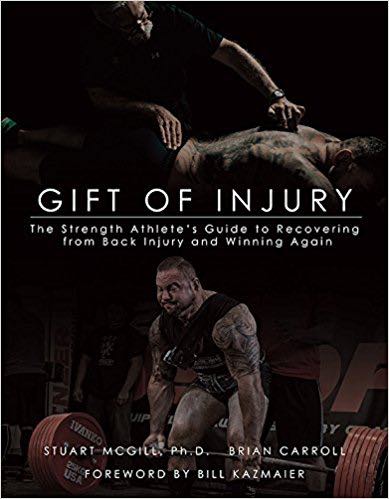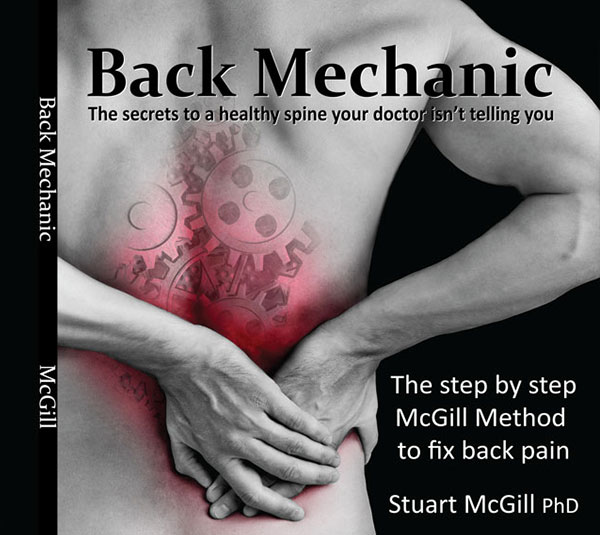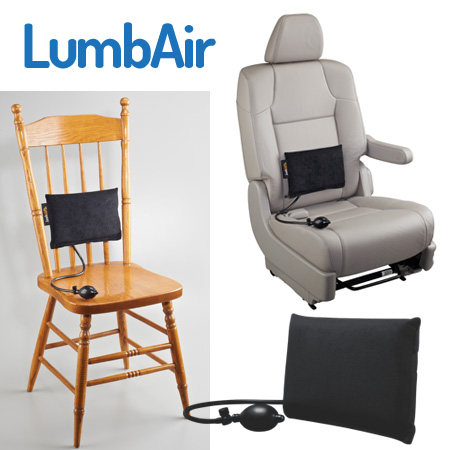12 Nov Revisiting My 2013 Kettlebell Swing with Dr. McGill
Article Rundown
- Revisiting my 2013 kettlebell swing with Dr. McGill—painful, awkward, but the start of my rebuild.
- Learning to hinge again after years of back pain and guarded movement.
- McGill coached me to brace the core, root the feet, and swing from the hips, not the arms.
- That ugly beginning laid the foundation for rebuilding to a 1,300 lb squat, brick by brick.
Revisiting My 2013 Kettlebell Swing with Dr. McGill
This one’s tough to watch. My kettlebell swing from 2013 — filmed during my early rehab sessions with Professor Stuart McGill at the University of Waterloo — might be one of the ugliest lifts I’ve ever done.
It’s clunky, awkward, and painful to look at… but it represents exactly where I was at that point in my recovery: broken, rebuilding, and learning to move all over again.
Starting From Scratch
When we shot this video, it was after a long day of assessment and movement retraining. I hadn’t done a kettlebell swing in years, and I was still deep in pain. My hips wouldn’t open, my body was guarding, and I was hesitant to move freely after what I’d been through — not just in the months before, but the years leading up to that point.
If you’ve read Gift of Injury, you know how bad things had gotten. My patterns were all out of sync. I had to unlearn a lot of bad habits, reconnect my rib cage and pelvis as one unit, and reestablish the trust between my brain and my body. In this clip, you can see me basically doing a front raise with the kettlebell instead of an actual hip hinge.
It was ugly. I was starting over as a beginner — and looking like one too.
McGill’s Coaching: Hips, Core, and Patience
We filmed this at the University of Waterloo’s rec center, grabbing a small kettlebell for what was supposed to be a simple drill. McGill’s coaching me the whole time — trying to get me to use my trunk and hips to create the swing, not my arms.
He’s cueing me to lock in my feet, grip the floor, and swing through the hips while keeping my core braced. The goal wasn’t to look good. It was to retrain the sequence: stiffen the core first, then let the hips drive the movement — what McGill calls proximal stiffness for distal athleticism.
At this point, we were five or six hours into the assessment. My body was stiff and smoked, just like most people feel after going through a full McGill assessment. The work takes you right to the edge of discomfort — not into pain, but far enough to challenge the patterns that caused it.
You can see my progression right there in the video: from squatting back awkwardly to finally starting to hinge and open up the hips by the end. Still not great — but definitely better.
Learning to Move Again
The hardest part of this stage wasn’t physical — it was mental. When you’ve been in pain for years, every movement becomes cautious. I was terrified to “let go” and swing freely. My brain wanted to protect my spine at all costs, even though that guarded movement was part of the problem.
It took time and deliberate coaching to break that cycle. The kettlebell swing — something I’d done effortlessly for years as a powerlifter — had become a test of patience and humility. But it was also a turning point. It was the start of learning how to move with confidence again.
And it’s those small, awkward beginnings that set the foundation for everything that came after.
Brick by Brick: From Pain to 1,300 Pounds
Looking back now, I’m proud of that ugly swing. That moment was part of the same journey that led me to the biggest squat of all time — 1,300 pounds — seven years later.
It didn’t happen overnight. It was a brick-by-brick rebuild: mastering the basics, respecting the process, and trusting the science that McGill laid out for me. I had to build resilience from the ground up — and that started with the simplest, most humbling drills like this one.
If you’ve ever been hurt or forced to start over, let this be proof that ugly beginnings are part of the path to elite performance.
Moving Forward
If you want to see more from my Waterloo sessions with Professor McGill, I’ve been revisiting the full series with commentary on my YouTube channel. These videos show how we rebuilt my movement, my confidence, and ultimately my career after my back injury.
And if you’re struggling with your own pain or instability — whether it’s in your back, hips, or under the bar — I offer both in-person and virtual consultations to help guide you through the process.
Visit PowerRackStrength.com for more information, FAQs, and details on McGill Method assessments and injury resilience coaching.
It’s not glamorous, and it’s not instant. But the process works — one rep, one hinge, one brick at a time.










Sorry, the comment form is closed at this time.